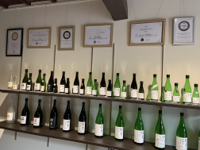Terroir-expressive brewing rooted in the brewery’s hometown of Tosa
The long history of the Tosa Sake Brewery is made up of many chapters. For example, until relatively recently its production was focused on making sake consumed almost entirely in the local region – beloved by locals, at that time over 90% of production was “futsu-shu”, or basic category sake.
This all changed when current president, Muneki Matsumoto, took over the reins. Previously employed at a software development company, the inspiration for his exacting standards on how his sake should be made came from a different place – the world of wine.
Mr. Matsumoto was turned on to wine by a particularly passionate sommelier at a certain restaurant in the Kanto region, who opened his eyes to the endless possibilities of wine and food pairing. As he reflected on the wines he drank and the terroir that gave birth to them, he thought of the sake made by his hometown Tosa Sake Brewery and the surrounding Reihoku terroir. Determining that he wanted to make sake that would shape cuisine, he set the brewery on a new path, diverting from brewing sake for local consumption in favour of making sake that had its sights set further afield, sake backed with strong opinions on the rice and brewing techniques used to make it. With its first award at the 2016 International Wine Challenge, the Tosa Sake Brewery’s Keigetsu brand had completed its metamorphosis, unfurling its wings and taking off from Tosa and flying towards a new world.
Today, Mr. Matsumoto is constantly on the move – he spends half of the week either in Tokyo or overseas, important markets for his sake, and half in Kochi itself, at the heart of where his sake is made.
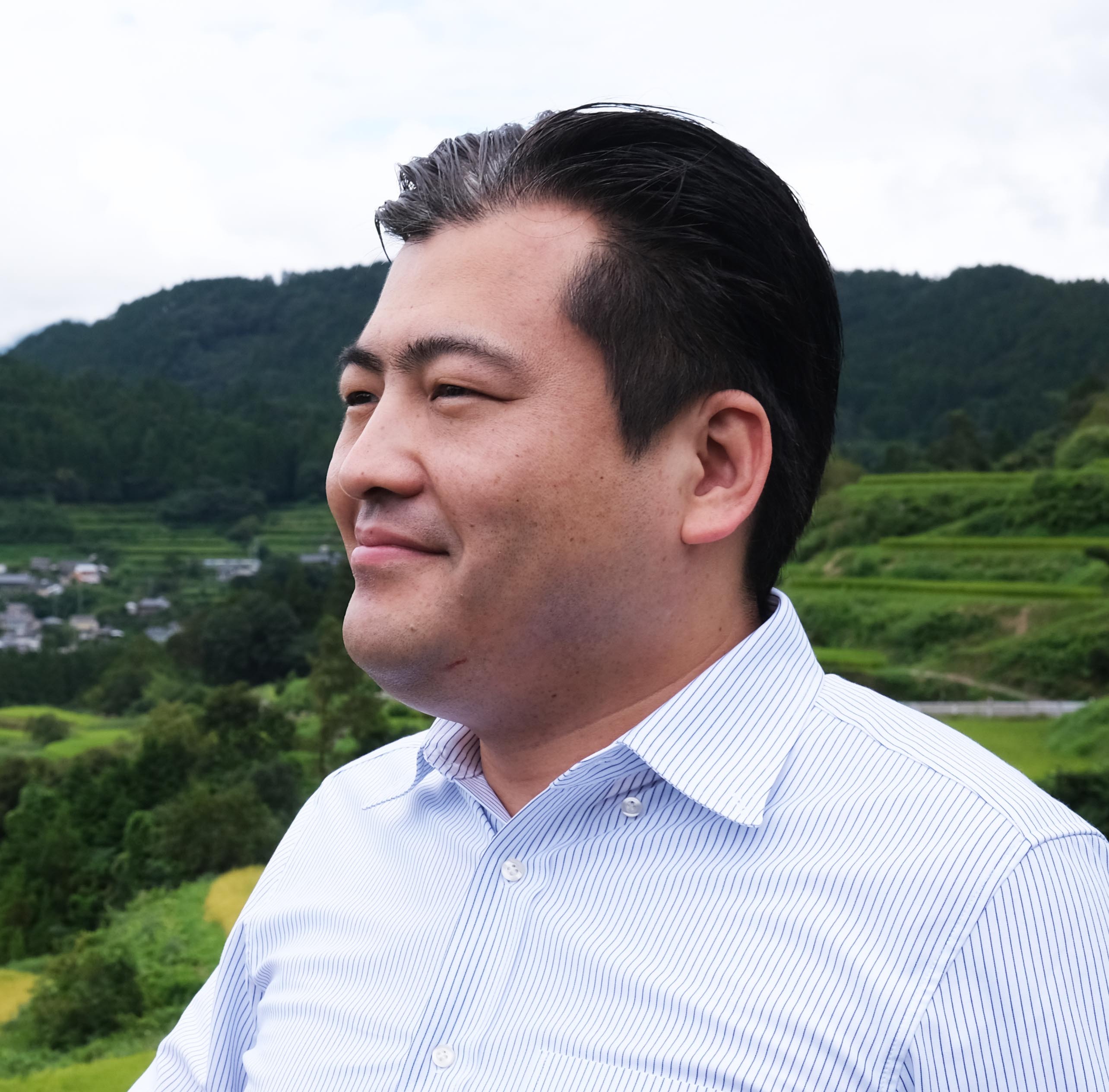
Traditional on the outside, modern on the inside
Tosa’s philosophy is that “good rice, good facilities and conscientious brewing make good sake”. The exterior of the brewery buildings has changed little over the years, but the interior is a different story – the Tosa Sake Brewery is now outfitted for year-round brewing, including air conditioning, fifteen brewing tanks and eight storage tanks (each and every one temperature-controlled), and flawless refrigeration facilities. This is to say nothing of their facilities and equipment for rice washing, pressing and bottling, where the latest technology is employed – the brewery has spared no expense making sure that every advantage that technology can afford is at their disposal.
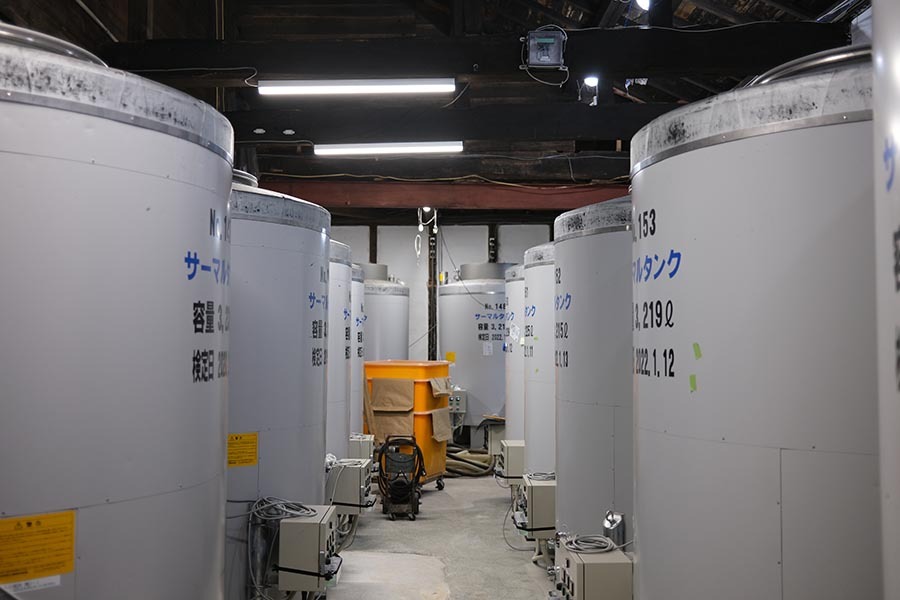
Rice growers and sake brewers joined together
One point that has remained unchanged at Tosa is the connection it has with its rice suppliers. The Tosa Sake Brewery has long sourced its rice from local growers in the Reihoku region and continues to do so today. We asked Mr. Matsumoto whether the brewery had ever considered growing its own rice, but the answer was no. As for why, legal constraints aside, he argues that “it wouldn’t be possible to grow enough rice of the standard of quality our brewery demands today. What’s more, important parts of the sake brewing and rice growing calendars overlap, and each field requires its own high degree of specialisation. In any case – would it even be possible to cultivate a paddy in the same way as the ones that have been passed down from generation to generation, nourished by the care and experience of their owners? Even if it were possible to gather the number of people required to do the work, there is still the matter of experience and willpower – in the face of the unforgiving vicissitudes of nature, would they be able to grow rice that would meet the strict standards of the brewery?”
“Instead of that, what a brewery can do is buy rice at a price that is fair to its growers for their labour and use it to make good sake which will end up giving back to the local community in the long run. We can only keep making good rice and good sake if the community come together as one.”
As of 2023, the Tosa Sake Brewery works with over 60 different rice growers, predominantly members of the Tosa Sake Brewery Rice Growers’ Union. Their relationship is closely interwoven, and they meet throughout the year to discuss how the growing season is going, as well as holding sake rice cultivation study groups among other functions. In turn, we’ve heard that many of the growers look forward to drinking Tosa’s Keigetsu brand when their day of work is over. It seems to us that both brewery and growers alike take pride in being able to show off the excellent quality sake made from their locally-grown rice, and it is this united sense of purpose that binds them together.
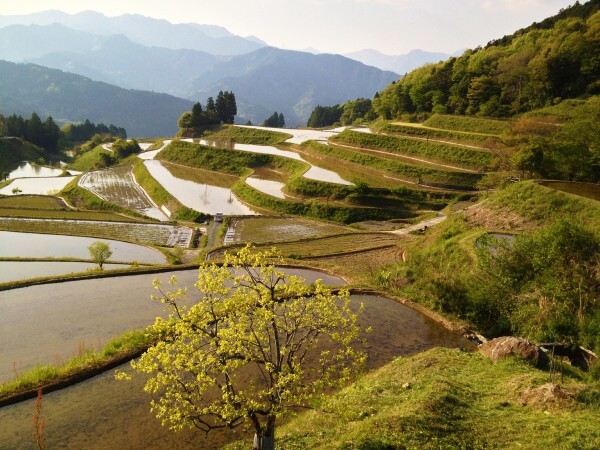
The terroir of Reihoku
The Reihoku region of Tosa Prefecture is located in the heart of Shikoku. It’s far away from the seaside locations that come to mind for many when they think of Kochi Prefecture and is both a home of sake production and of the rice used to make it. The Sameura Lake – sometimes nicknamed “Shikoku’s water jug”, and source of the Yoshino River – is located here, blessing the region with beautiful water to go with its clear air.
The brewery is located at an altitude of 250m, with the terraced rice paddies from where the rice is sourced at elevations of 400 to 600m – the mountains range to heights as great as 1,500m. 88% of the region is covered in forests, with just 1% used for cultivation (equivalent to 800 hectares). Terraced rice paddies are spread across the mountainous region, and livestock has been raised and rice grown here since long ago.
The combination of its location toward the south of the archipelago of islands that make up Japan and its high altitude gives it a high diurnal range. The higher altitude hillsides have temperature highs notably cooler than those on the valley floors, which alongside abundant supplies of clean, clear water, have made the region a source of quality rice for many years.
With the incremental temperature increases of global warming, sake rice is now being grown at slightly higher altitudes than in the past, and there is a focus on being able to continue making the same high quality of rice into the future.
On a geological level, the Jizoji River, a tributary of the Yoshino River that runs east to west through Tosa-cho, is located along a fault line that splits the Shikoku Island in two. The geology lying to the north and south of this fault line differs significantly – the land lying to the north dates back to the Jurassic period whereas the south is Cretaceous, and it is the terroir to the south that has proven most suited to high-quality rice cultivation, with the majority of rice paddies located here. The Tosa Sake Brewery sources the better part of its rice from this area, specifically the terraced rice paddies of the Aikawa district of Tosa-cho and the Aikawa district of the neighbouring Honyama-cho.
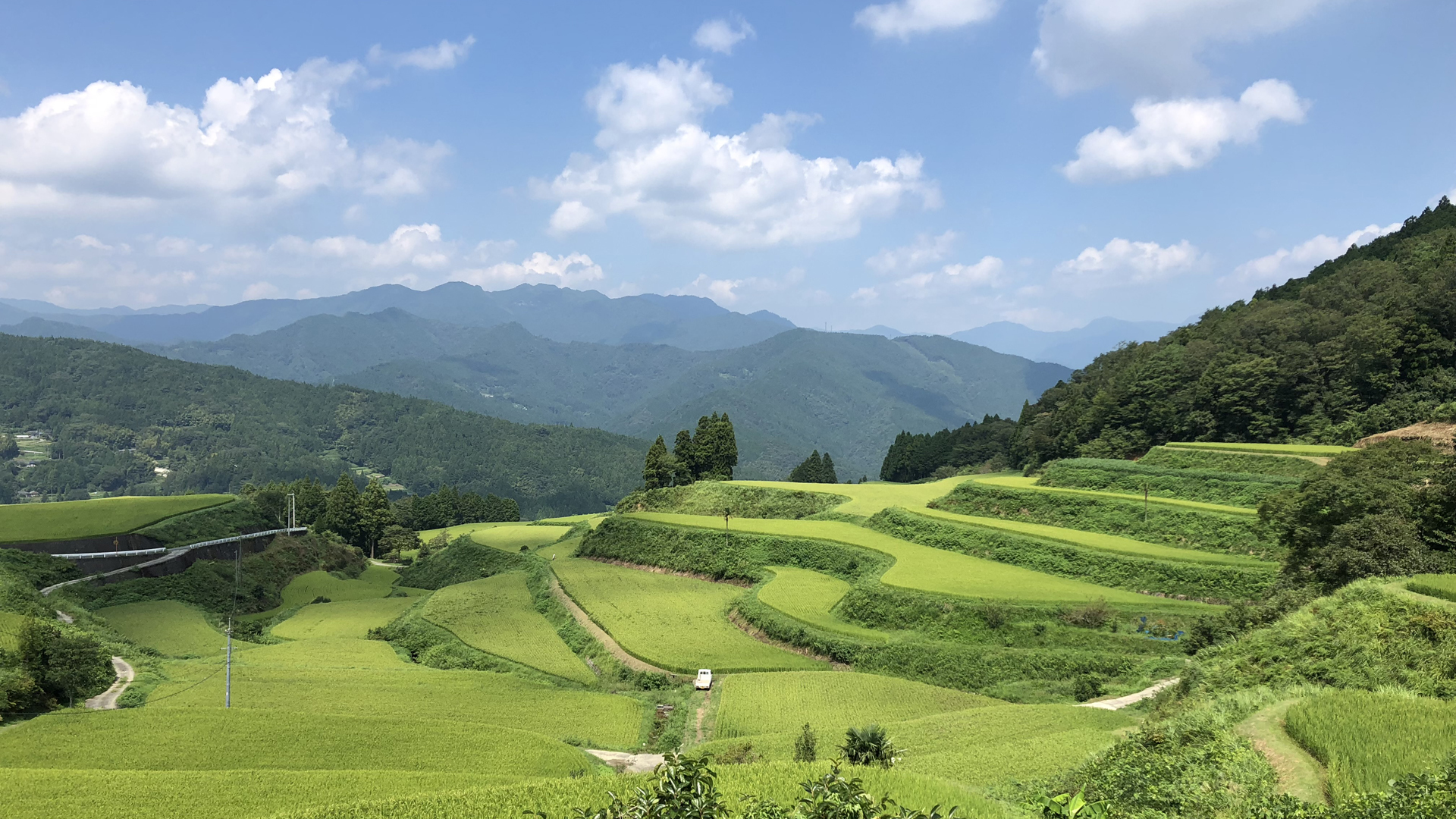
The story behind Amegaeri
The name Amegaeri is taken from a waterfall located about 10 kilometers to the west of the brewery. Part of the Seto River that feeds into the Yoshino River, it is made up of two “steps”, a fall of 30 metres that developed in the fault line along which the river flows. Amago fish (referred to locally as “Amego”, trying to swim upstream, are unable to climb the fall and turn back, giving the name “Ame-gaeri” (literally “the Amego fish go back”).
The Amegaeri waterfall is a place of unspoiled natural beauty, teeming with plants, animals and insects. Amegaeri’s label design embodies this pristine place of nature and recognizes the blessings of nature that have given birth to this sake so tightly bound with the people and land that brought it into being.
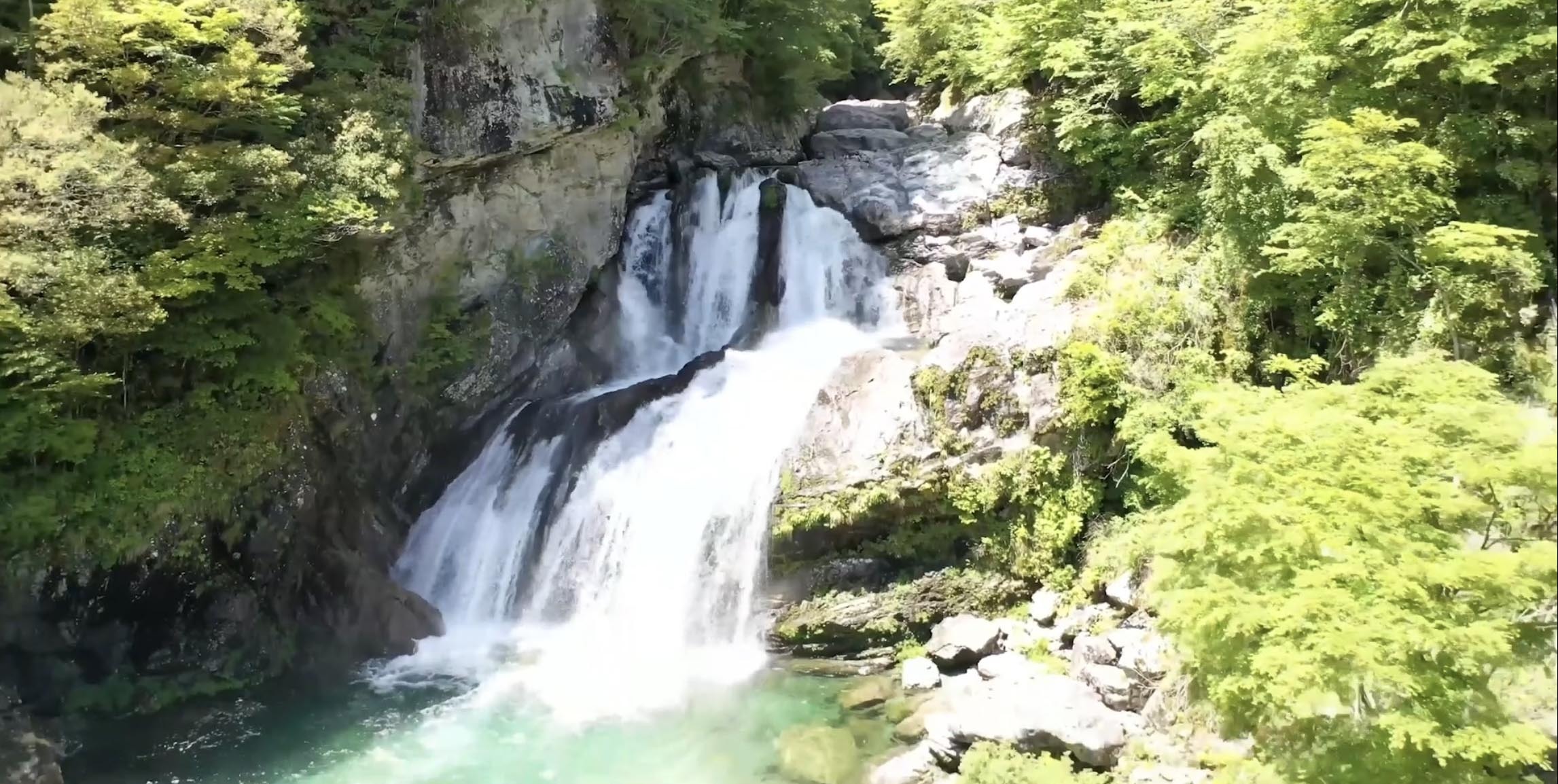
Prizes and awards
・Keigetsu Sparkling Sake Takumi
IWC 2016 Trophy Recipient
Kura Master 2022 Gold Medal Recipient
IWC 2023 Regional Trophy Recipient
・Keigetsu Sparkling Sake Hao
Kura Master 2019 Judges’ Award Recipient
・Keigetsu Sake Nature
IWC 2022 Regional Trophy Award
Kura Master 2022 Gold Medal
・Keigetsu Gin-no-Yume Junmai Daiginjo 40
IWC 2023 Silver Medal Recipient
・Keigetsu Gin-no-Yume Junmai Daiginjo 45
Kura Master 2020, 2021 Gold Medal Recipient
IWC 2022 Silver Medal Recipient
・Keigetsu CEL24 Junmai Daiginjo 50
Kura Master 2021 Platinum Medal Recipient
IWC 2023 Silver Medal Recipient
・Keigetsu Gin-no-Yume Junmai Daiginjo 50
Kura Master 2018, 2022 Gold Medal Recipient
・Keigetsu Nigori Junmai Daiginjo 50
IWC 2022, 2023 Gold Medal Recipient
・Keigetsu Gin-no-Yume Junmai Ginjo 55
Kura Master 2021 Gold Medal Recipient
IWC 2023 Silver Medal Recipient
・Keigetsu Aikawahomare Yamahai Junmai 58
IWC 2018 Silver Medal Recipient
Kura Master 2022 Gold Medal Recipient
・Keigetsu Cho-Karakuchi Tokubetsu Junmai 60
IWC 2023 Silver Medal Recipient
・Keigetsu Gin-no-Yume Tokubetsu Honjozo 60
IWC 2022 Gold Medal Recipient
IWC 2023 Silver Medal Recipient
